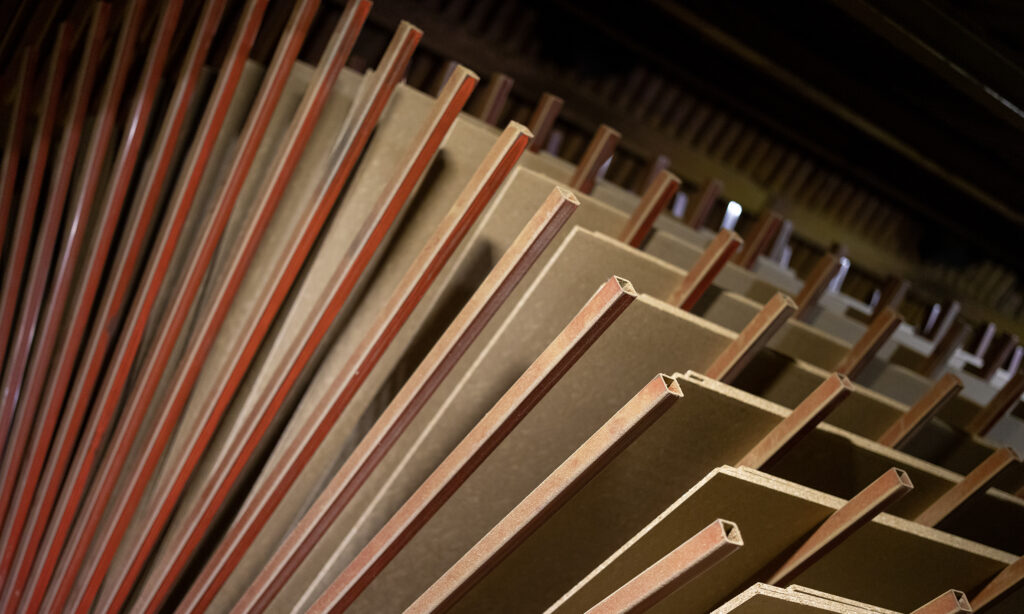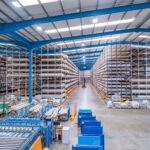In the next part of our ongoing sustainable series, we take a deeper look at global furniture retailer IKEA and what they are doing in terms of sustainability.
The topic of sustainability continues to be of great importance. From product innovations such as bottle-filled mattresses to greener practices and initiatives, businesses are also adapting new ways of working to make their operations more sustainable. In the next instalment of our series, we explore more of IKEA’s green credentials.
IKEA
Last year saw “important movements” towards IKEA’s sustainability commitments for 2030. Key achievements include a continued reduction of the total IKEA climate footprint and a significant increase in renewable energy in both retail and production. As one of the first businesses, IKEA also disclosed the outdoor air pollution generated across a value chain. Air pollutants and GHG emissions often come from the same source and there is a strong synergy between the actions needed to reduce emissions. What has been missing for companies is a scientifically robust method that provides the appropriate approaches to quantify air pollutant emissions across their value chain. To address this, Inter IKEA Group, together with Stockholm Environment Institute (SEI) and the Climate & Clean Air Coalition (CCAC), developed the first-ever guide for businesses on measuring outdoor air pollution across value chains. The guide, “A Practical Guide for Business: Air Pollutant Emission Assessment” was launched for all companies at COP27 in Sharm El Sheikh, Egypt, after a year’s pilot trial. IKEA are publishing one of the first-ever air pollutant emissions inventories of a business across a value chain. Having a baseline will enable it to manage the impact on air pollution and set goals for reductions in the future.
The total IKEA climate footprint in FY22 is estimated to be 25.8 million tonnes of CO2 eq – a decrease of 5% compared to FY21 and 12% compared to its FY16 baseline. The reduced climate footprint is mainly due to a strong development in renewable electricity and improved efficiency of products used at home, and partly due to slightly lower production volumes between FY21-22. One of the main contributors to the decreased climate footprint is IKEA’s more energy-efficient range, such as the new SOLHETTA LED range. In FY22, IKEA sold 61.8 million LED bulbs, with SOLHETTA making up the biggest share of sales, helping to improve the average efficiency of its lighting range by 19%.
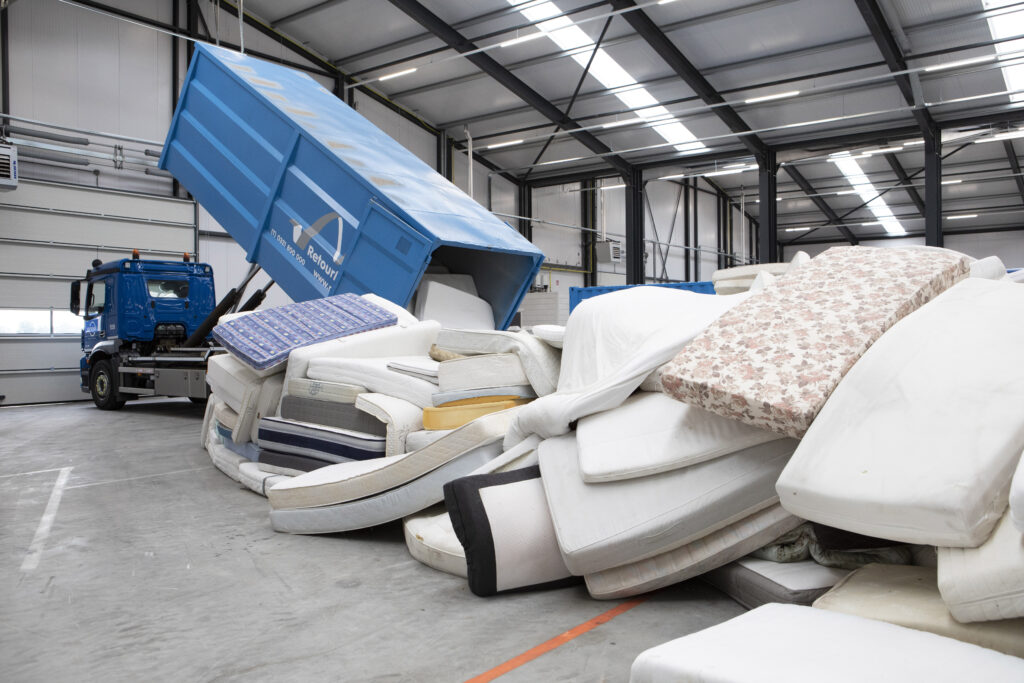
IKEA also managed to increase the share of renewable electricity in both IKEA retail and production. Twenty-four IKEA retail markets are using 100% renewable electricity. In production, it increased from 52% in FY21 to 64%. “One of our key strengths is the IKEA integrated supply chain. We have long-term relationships with our suppliers – 11 years on average – and are supporting their journeys to transition to renewable energy,” Pär Stenmark, Chief Sustainability Officer at Inter IKEA Group, said.
“Our focus ahead remains on the longer-term agenda, such as product transport and materials – our largest climate footprint. For materials, we have concrete plans to reduce our impact. A challenge for materials is to secure the accuracy and completeness of the data.”
During the year, IKEA continued to use its circular product development roadmaps to secure all its products will have circular capabilities by 2030. IKEA have defined key development areas for the IKEA Core Circular Customer Offer. These include furniture spare parts, circular services and digital/physical second-hand touchpoints. Furthermore, its commitment to enabling customers to acquire, care for and pass on products in circular ways will also support it in complying with new circular economy legislation. The testing of sofa repair and refurbishment in Poland continued in FY22 as one of its ongoing customer offer tests. In FY22, the in-store repair initiative showed the importance of making furniture spare parts more available to customers. It also proved that the circular offer can be both convenient for customers and profitable for the business at the same time.
IKEA’s initiative to produce mattresses from recycled foam is one of several innovative programmes in progress. In FY21, IKEA reported that 56% of the materials it sourced were renewable, and 17% were recycled. “We’re currently working to implement a data collection tool that will increase the efficiency and accuracy of our reporting and are therefore not able to update these figures for FY22. We plan to report figures for FY23,” Pär said.
“Foam mattresses normally end up in landfills. In FY22, we led an initiative that makes new mattresses from discarded ones by recycling polyols found in the foam. This initiative decreases waste to landfills while also contributing to driving the industry agenda to develop foam solutions centred around recycled materials. This initiative is ongoing and builds on previous work to develop and implement renewable foam in the IKEA range. Our aim is to have a minimum of 20% recycled and/or renewable content in the polyols used in foam production for IKEA mattresses by 2025.”
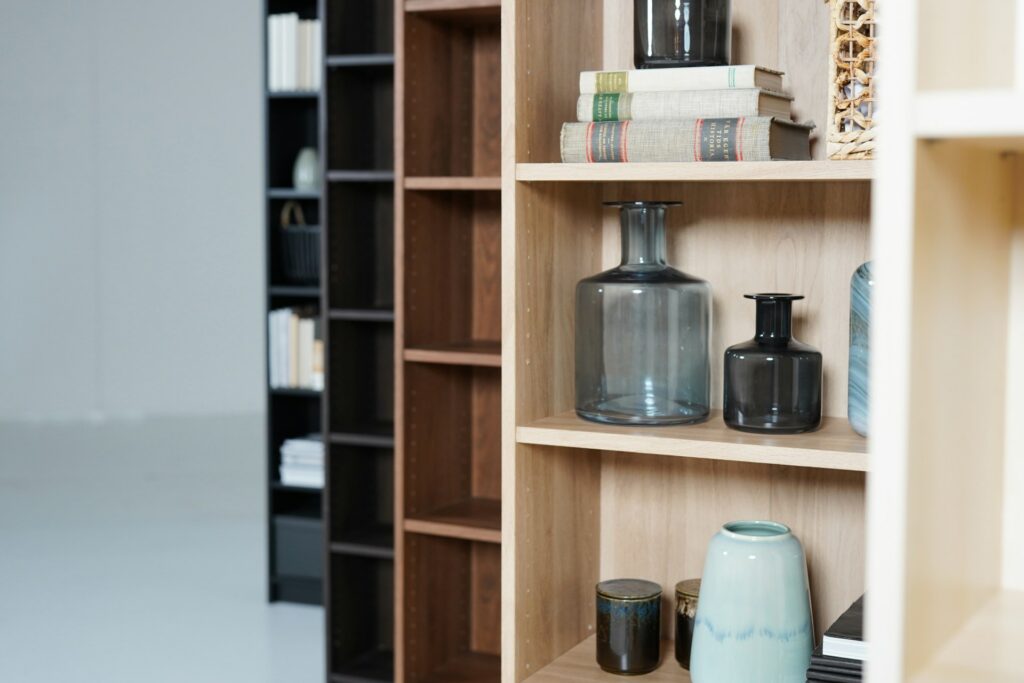
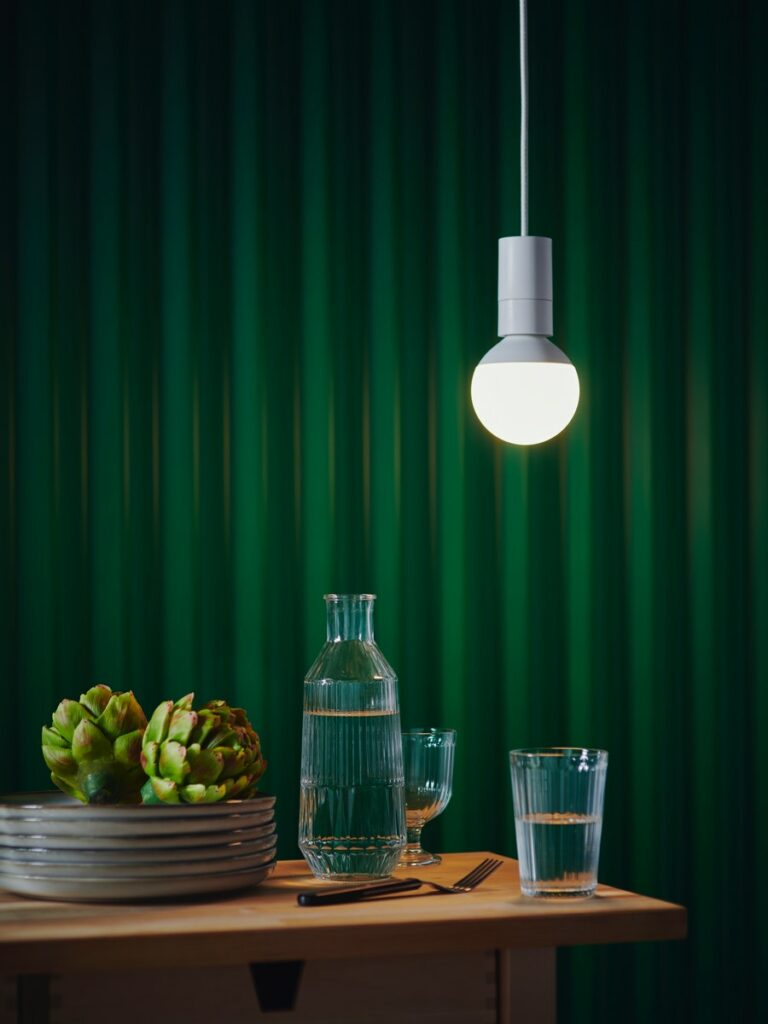
During the year, one of IKEA’s best-selling products, BILLY bookcase, was redesigned to improve its circular capabilities too. The design reduces the use of plastic and shifts from veneer to paper foil. Most materials used to produce the new BILLY bookcase will come from renewable sources. The new design also has snap fittings on the back panel instead of nails, which makes it easier to repair and possible to disassemble and reassemble.
Since the report, and to reduce the climate footprint of board production, IKEA is switching from fossil-based to bio-based glues. Today, 5% of the climate footprint of the total IKEA value chain is connected to the use of glue in board materials. With this change, the goal is to reduce fossil-based glue use by 40% and greenhouse gas emissions from glue by 30% by FY30. This movement aligns with the overall IKEA ambition to only use renewable and recyclable materials by FY30. To enable a transition to 100% bio-based glue use, IKEA has recently launched an accelerator programme to pilot new glue solutions with external partners.
“Establishing a systemic shift to a circular economy, not only within the IKEA business but throughout the world, is key to creating a sustainable future, since the high use of resources in the world is increasing the pressure on people and the planet. Our work toward becoming people and planet positive continues, and we stay optimistic. Our long-term commitment is to make sure sustainable living is affordable and accessible to the many, and together we will make it happen,” Pär added.
This is just a snapshot of IKEA’s green journey so far, with more information on progress and initiatives detailed within its Sustainability Report.
https://about.ikea.com/en/sustainability/sustainability-report-highlights


